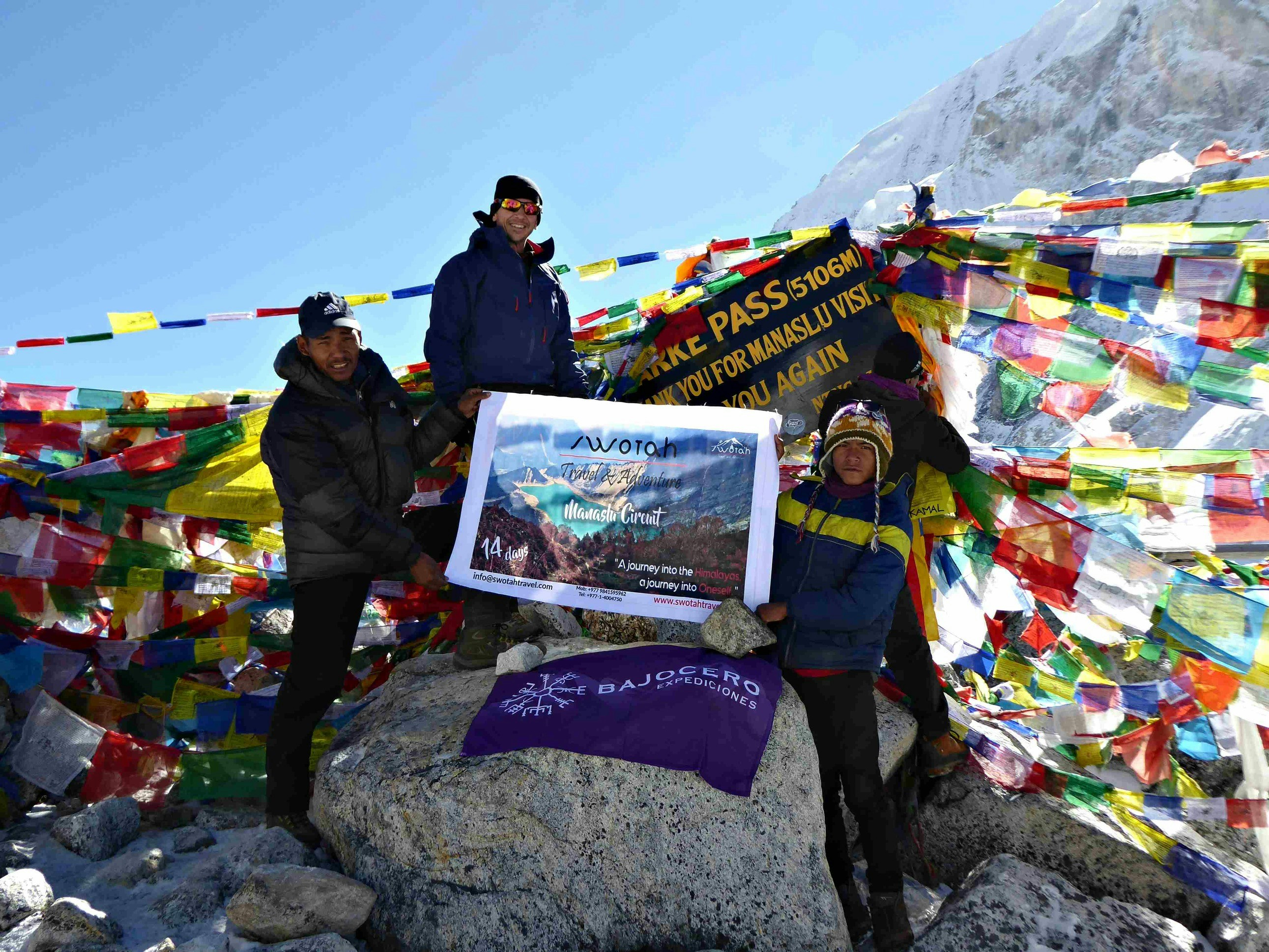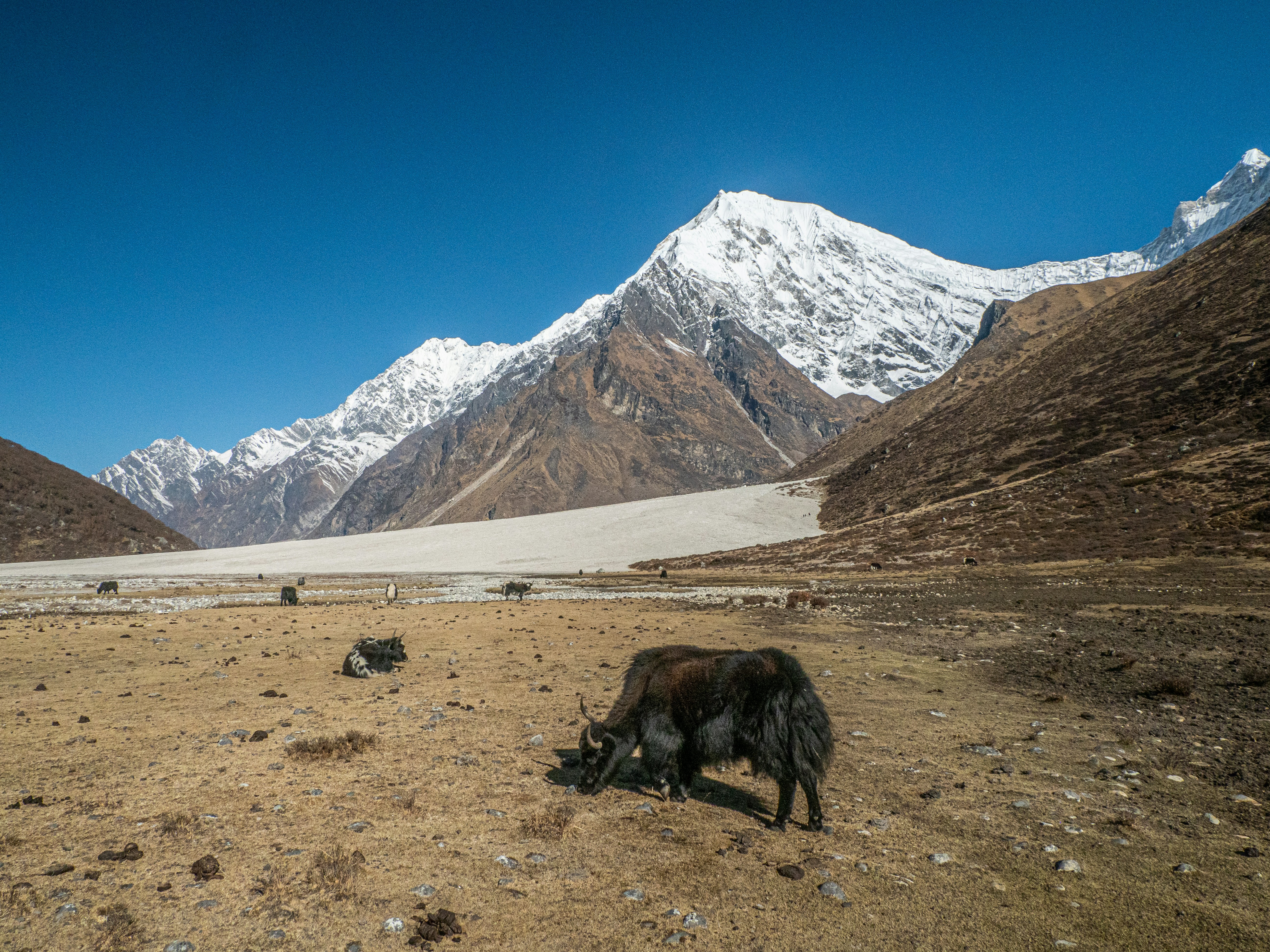Introduction to Tibet and Its Political Significance
Tibet, a region situated high in the Himalayas, has held a significant place in Asian geopolitics and cultural discourse for centuries. Historically known for its unique Tibetan Buddhist culture, spectacular landscapes, and distinct social norms, Tibet is a melting pot of rich heritage and complex political narratives. The Tibet Autonomous Region (TAR), established in 1965, is a pivotal area within the People’s Republic of China (PRC) that epitomizes the tension between cultural preservation and state integration.
The political significance of Tibet stems from its autonomy status, which allows for a degree of self-governance under the overarching authority of the Chinese state. This autonomy has been a topic of considerable debate, as it interacts with various socio-political dynamics, not only within China but also in the international arena. The region’s political landscape has been influenced by a history of conflict and negotiation, particularly in the aftermath of the 1950s when the Chinese government asserted its control over Tibet. Today, the Tibetan diaspora plays a vital role in shaping global perspectives on Tibet, as exiled communities advocate for the preservation of Tibetan identity, culture, and environmental integrity amidst globalization.
Moreover, the international community’s response to the situation in Tibet reveals broader concerns regarding human rights and the dignity of minority cultures. As issues related to autonomy and cultural preservation gain prominence, Tibet serves as a pivotal case study in understanding the complexities of regional governance within a globally significant power like China. Ultimately, the dynamics within Tibet reflect wider themes of identity, belonging, and resistance that continue to resonate across various disciplinary fields and among policy-makers, scholars, and humanitarian advocates.
Geographical Distinctions: The Tibet Autonomous Region vs. Tibetan Areas
The Tibet Autonomous Region (TAR) is an established administrative division within the People’s Republic of China, bordered by several provinces including Qinghai, Sichuan, Yunnan, and Gansu. Occupying an area of approximately 1.2 million square kilometers, TAR is situated on the Tibetan Plateau and is characterized by its high-altitude landscapes, with an average elevation exceeding 4,500 meters above sea level. The region is predominantly inhabited by the Tibetan ethnic group, who maintain unique cultural practices and languages. The geographical boundaries of TAR are significant, as they encapsulate many of the traditional Tibetan cultural sites and natural resources.
In contrast, other Tibetan areas outside of TAR are found within the aforementioned provinces. These regions, such as Amdo in Qinghai and Kham in Sichuan, also boast significant Tibetan populations but are administratively categorized differently. Collectively, these Tibetan areas span an even larger geographical expanse, contributing to the vast diversity of landscape and cultural heritage among Tibetan communities. For instance, while TAR has a predominantly plateau landscape, areas in Sichuan feature lush valleys and mountains, affecting local agricultural practices and lifestyle choices.
Statistics reveal that these Tibetan areas feature sizeable populations. For instance, Qinghai Province houses over one million Tibetans, reflecting the spread and influence of Tibetan culture beyond the TAR. The demographic variations lead to distinct cultural expressions, with Tibetan Buddhists in Kham adopting slightly different religious practices compared to their TAR counterparts. Furthermore, the logistical challenges posed by the geography impact the access to resources and educational opportunities, creating a varied experience for Tibetans residing in these different areas. Through understanding these geographical distinctions, one gains insight into the rich tapestry of Tibetan culture and society across the region.
Political and Administrative Differences
The political landscape of the Tibet Autonomous Region (TAR) and the Tibetan areas outside of it reflects a complex interplay of governance structures and administrative divisions, shaped significantly by the policies of the Chinese government. The TAR, established in 1965, is an autonomous region that functions under a specific framework dictated by the central government in Beijing. This autonomy, however, is often perceived as limited, with major political decisions resting firmly in the hands of the Chinese authorities. The governance system within TAR features a local People’s Congress and a regional government, yet the key leadership roles frequently require confirmation from Beijing, thereby reducing genuine administrative independence.
In contrast, the Tibetan areas located within provinces such as Sichuan, Qinghai, Gansu, and Yunnan are classified as ethnic autonomous prefectures or counties. These areas, while granted certain ethnic rights and local governance powers, ultimately fall under the jurisdiction of the respective provincial governments. Consequently, representatives from these regions often have less influence within China’s broader political framework compared to their counterparts in the TAR. This leads to disparities in resource allocation, public services, and infrastructural development, which are often more pronounced in the TAR due to its autonomous status. However, the political representation for Tibetans in provincial areas tends to be more diluted, further exacerbating inequalities.
The implications of these political and administrative differences extend beyond governance, directly impacting the Tibetan populace’s experience of autonomy. Inhabitants of the TAR may expect a certain degree of self-governance; however, they often encounter substantial restrictions on cultural and political expression. Conversely, Tibetan communities outside TAR may face challenges in preserving their cultural identity and accessing local government support. The resulting tensions illustrate the complex nature of governance in these regions and reveal the significant impact of these political distinctions on the lives of Tibetan people, both inside and outside the TAR.
Cultural Implications: Identity and Community in Tibetan Regions
The geographical and political distinctions between the Tibet Autonomous Region (TAR) and other Tibetan areas significantly influence the cultural landscape and identity of the Tibetan people. These differences create varied experiences for Tibetans, impacting their sense of belonging and community dynamics. In the TAR, the preservation of the Tibetan language and the practice of traditional customs face certain challenges due to increasing urbanization and external influences. Conversely, in some Tibetan areas outside the TAR, there remains a more profound connection to indigenous customs, allowing for the retention and expression of Tibetan culture in ways that foster communal ties.
The Tibetan language serves as a critical component of identity for many Tibetans across both regions. In areas where the government promotes Mandarin, the transmission of the Tibetan language may diminish, leading to concerns about its viability for future generations. Various grassroots efforts have emerged aimed at encouraging the use of Tibet’s rich linguistic heritage, through educational programs and cultural clubs that stress the importance of language in maintaining Tibetan identity. This cultural autonomy serves as a vital bulwark against the forces of homogenization and loss.
Religious practices, particularly Tibetan Buddhism, also play a central role in nurturing the community. Festivals such as Losar, the Tibetan New Year, provide a framework for celebration that transcends regional differences, unifying Tibetans in their shared beliefs and traditions. Furthermore, the continuation of religious practices reinforces cultural identity and provides opportunities for social cohesion. Initiatives aimed at fostering interconnectivity among Tibetans, whether through cultural exchanges or collaborative projects, help bridge the gaps that political boundaries have created. With modernization posing threats to traditional ways of life, these cultural expressions and community efforts become essential in preserving Tibetan heritage and identity. In conclusion, understanding these cultural implications reveals the intricate ways in which geography and politics shape the Tibetan experience.

